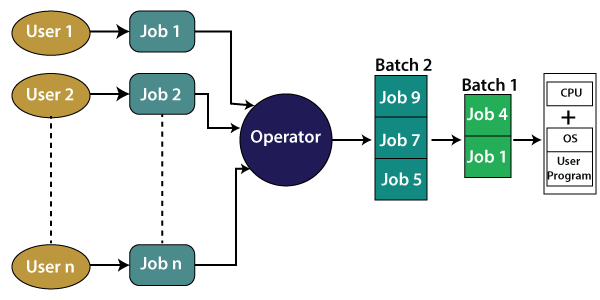

It is a fast way to transmit as it uses many input/output lines for transferring the data.įurthermore, it is advantageous because it conforms to the underlying hardware also, as the electronic devices like computer and communication hardware uses parallel circuitry internally.

In Parallel Transmission, various bits are sent together simultaneously with a single clock pulse. The hardware residing in the sending and receiving end is capable of converting the data from the parallel mode (used in the device) to the serial mode (used in the wires). The serial transmission system would not be able to work without installing hardware at the sending and receiving. In synchronous transmission, no extra bit is added rather the data transferred in the form of frames which contains multiple bytes. Usually, 0 is a start bit, and 1 is the stop bit. In asynchronous transmission, an extra bit is added to each byte so that the receiver is alert about the arrival of new data. Serial Transmission has two subclasses synchronous and asynchronous. It consists of a D-shaped 9 pin cable that connects the data in series. However, the data transferred in the serial transmission is in proper order. 0 and 1 respectively.įor transmitting data to a longer distance, serial data cables are used. Eight bits are transferred at a time having a start and stop bit (usually known as a Parity bit), i.e. In Serial Transmission, data is sent bit by bit from one computer to another in bi-direction where each bit has its clock pulse rate.


 0 kommentar(er)
0 kommentar(er)
